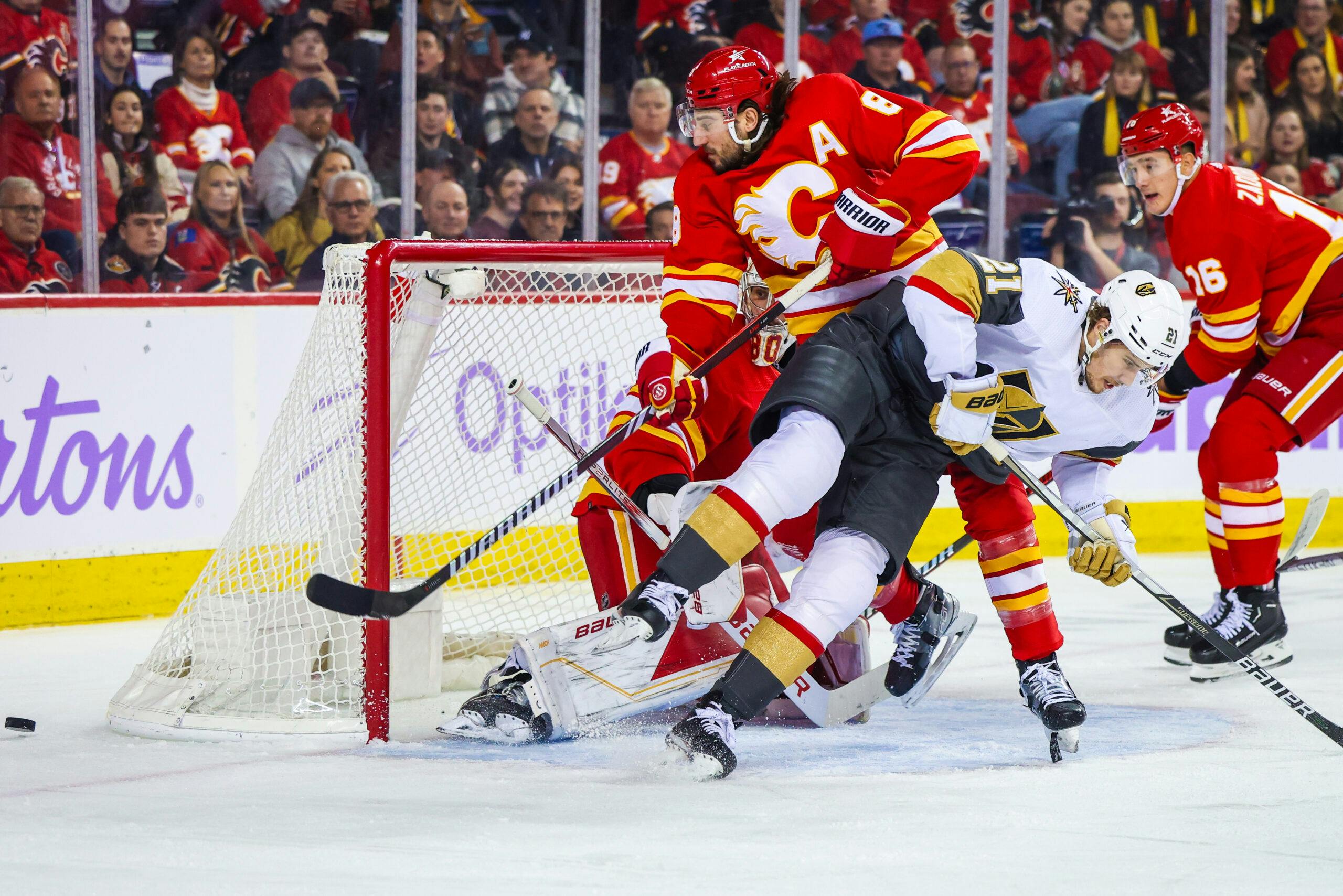Chris Tanev: the talented but risky defensive option for the Toronto Maple Leafs
Photo credit: Sergei Belski-USA TODAY Sports
By Jon Steitzer
Dec 1, 2023, 17:23 EST
Breaking News
- Dallas Eakins raves about Berube, Nylander, & Toronto’s postseason growth: Leafs Morning Take
- Craig Berube on what he’s learned from coaching William Nylander: ‘Just leave him alone’
- Brad Marchand admits the 2025 Leafs are continuing to get better
- Craig Berube doubts Anthony Stolarz will travel to Florida for Game 3-4 against Panthers
- Max Pacioretty exemplifies Maple Leafs’ willingness to sacrifice vs. Panthers
